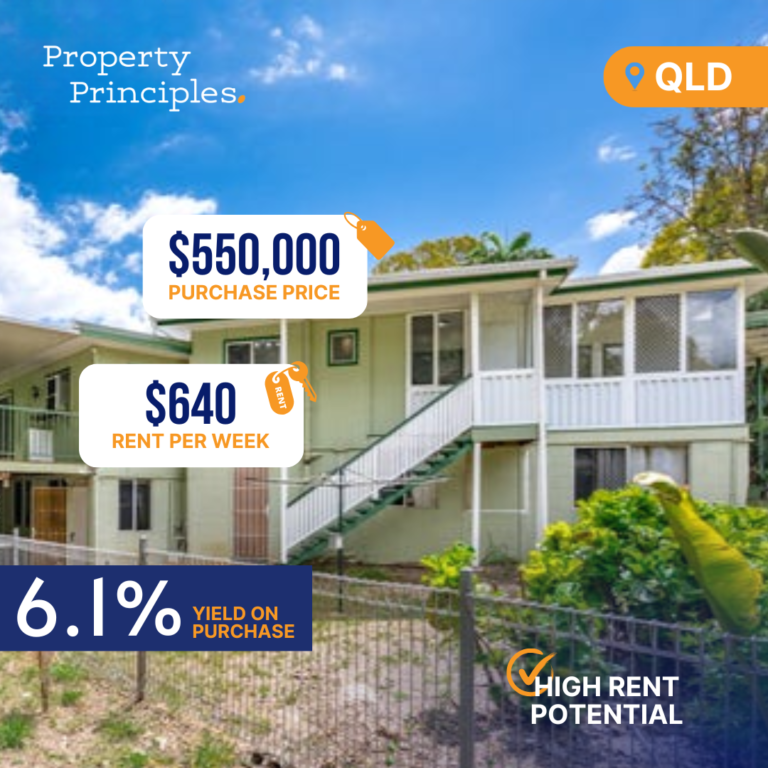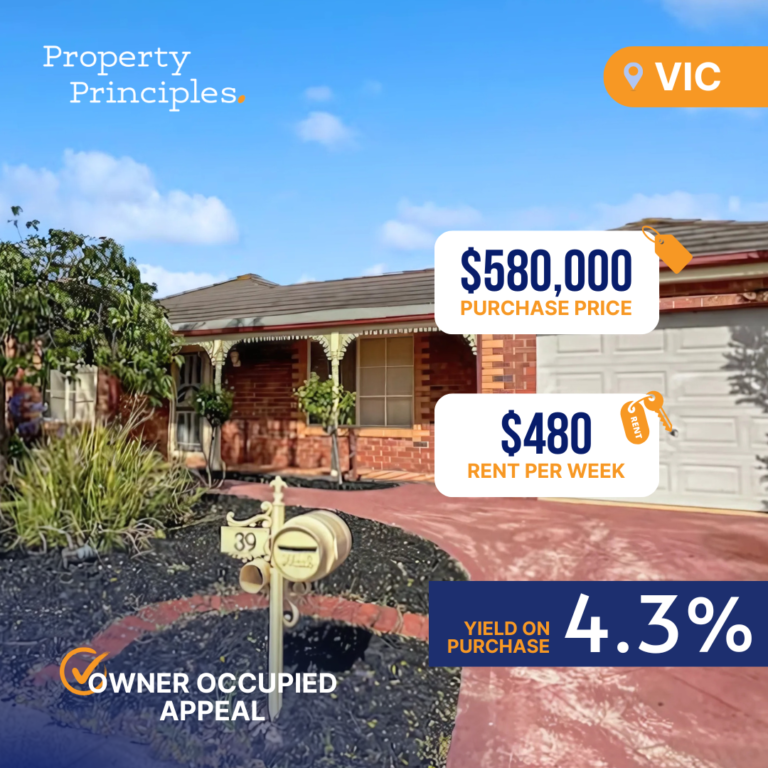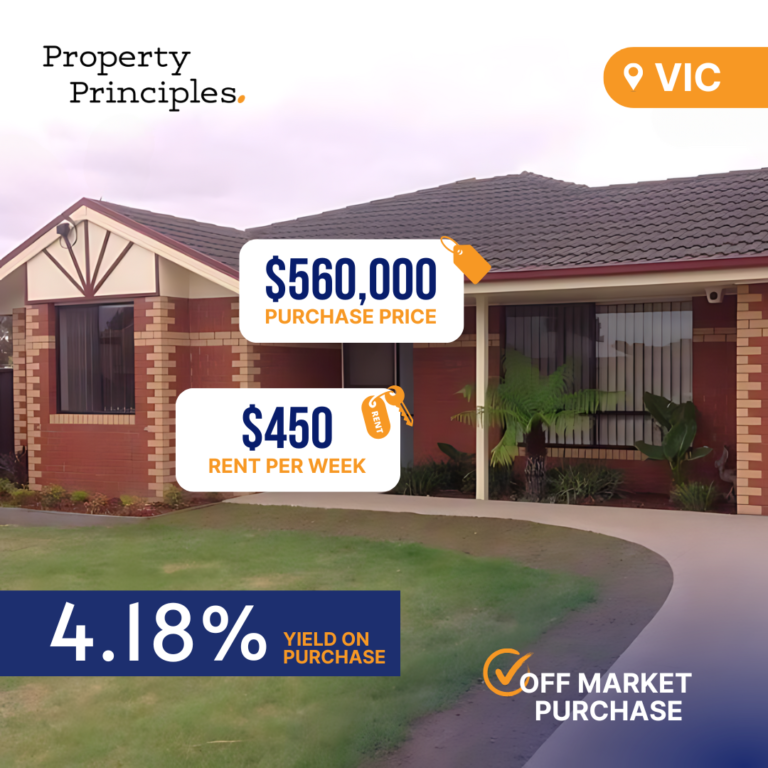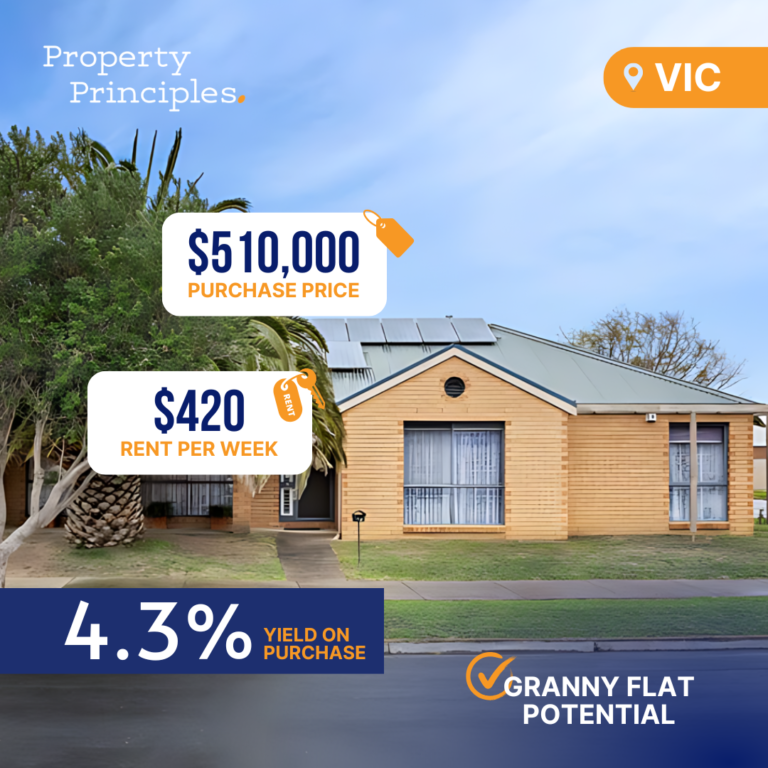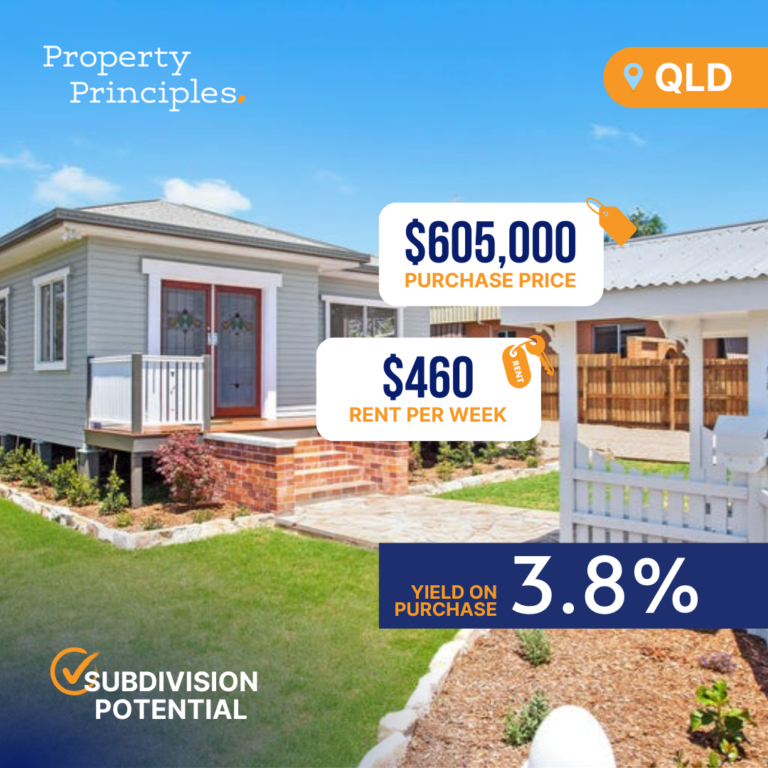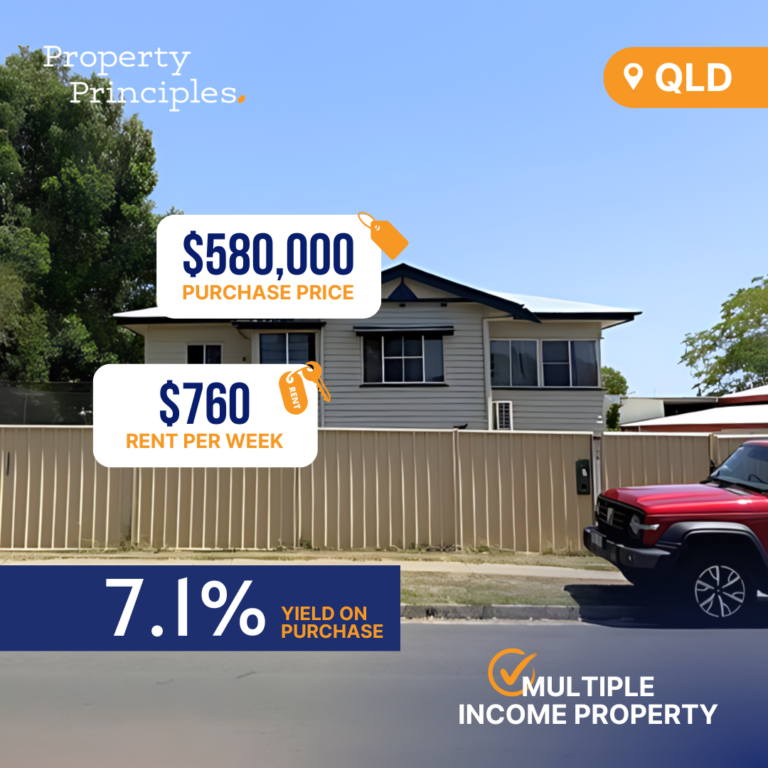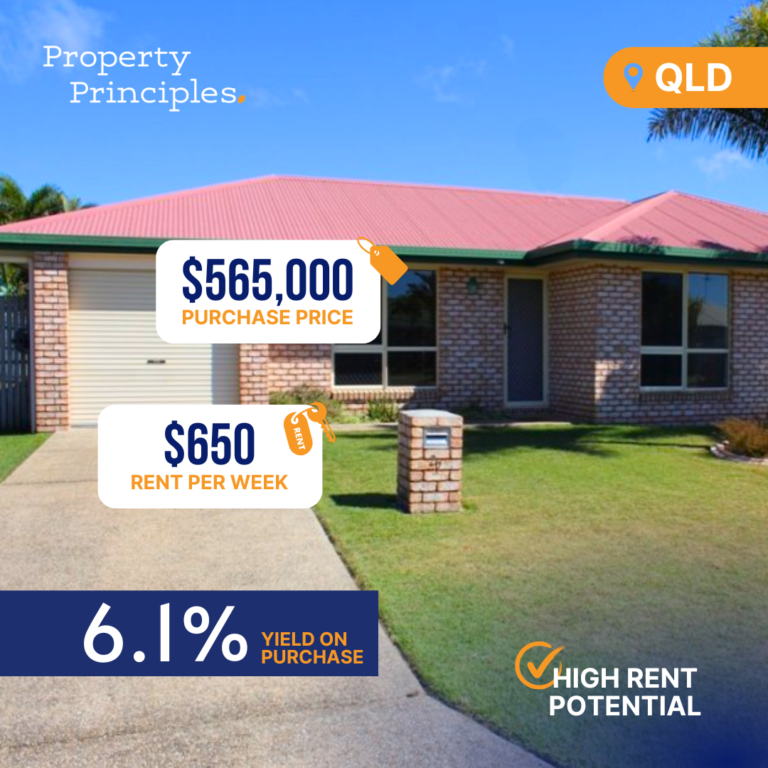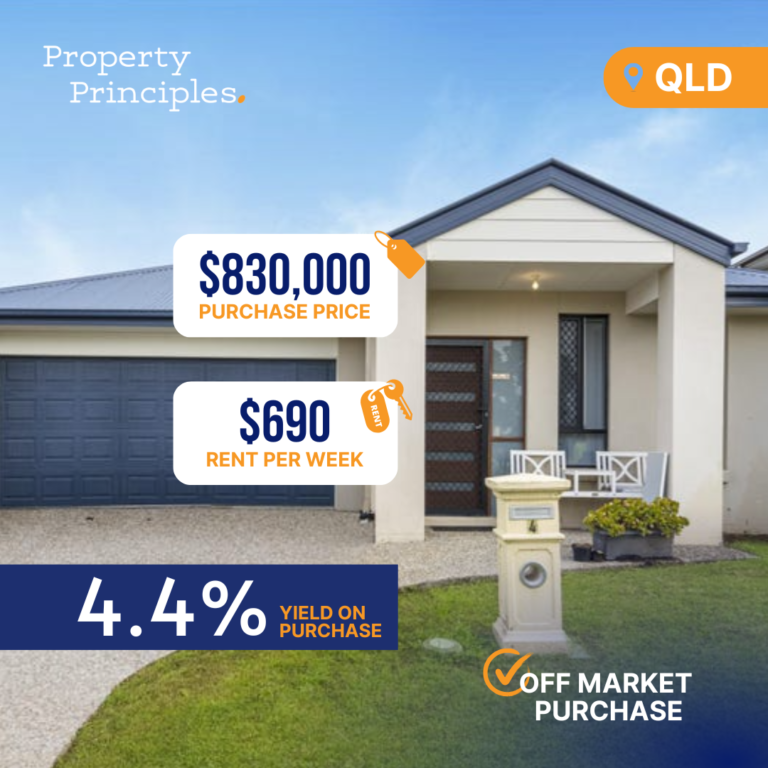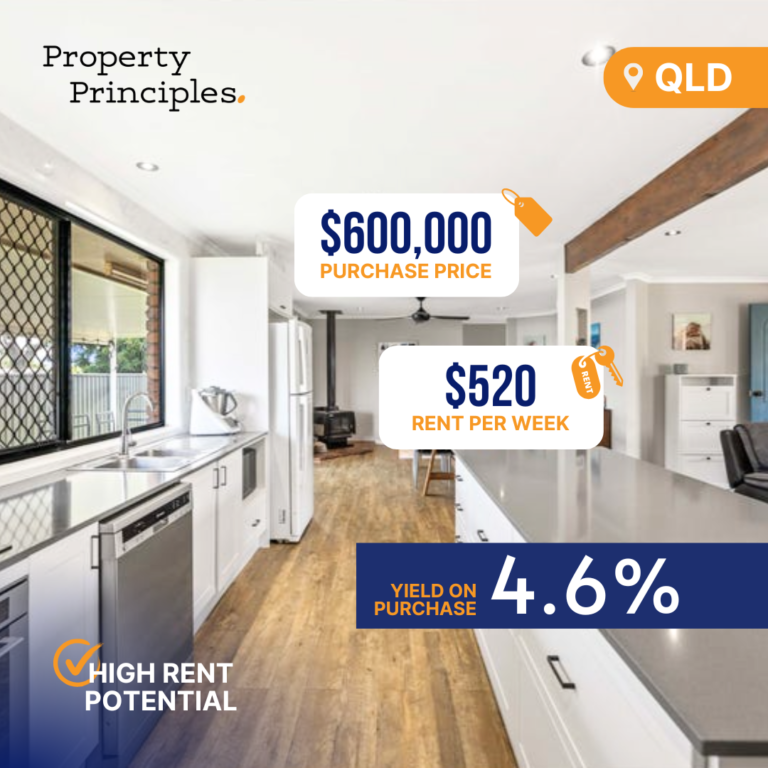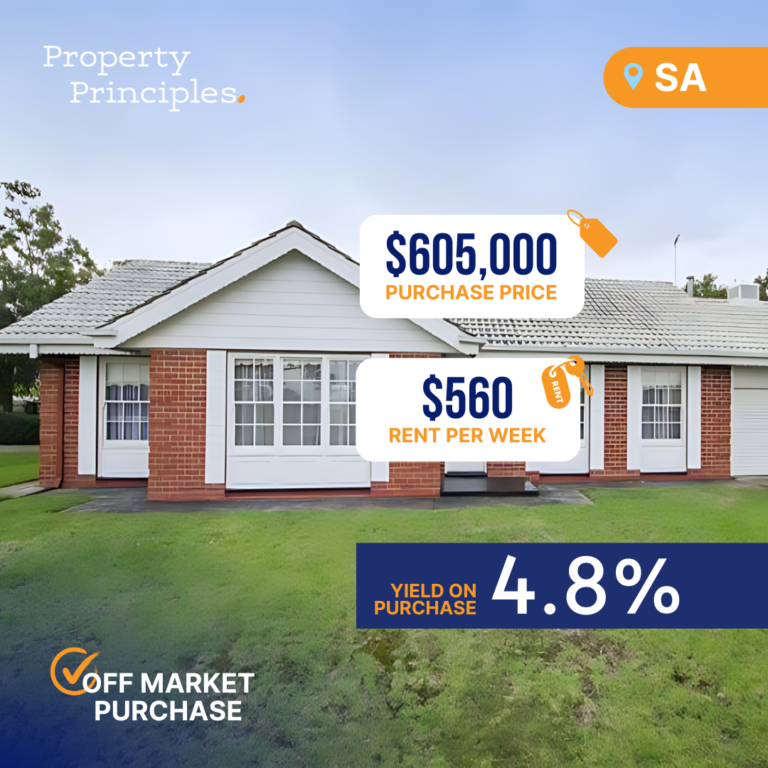Just when you thought the Australian housing market had reached its peak, get ready. According to CoreLogic’s daily dwelling values index, home values across the five major capital cities surged an impressive 0.9% in September alone. That’s seven consecutive months of growth! So, what are we waiting for? Let’s dive into the numbers and see where the most significant changes have been happening.
September saw all five major capital cities record growth, with Adelaide taking the top spot with a solid 1.4% increase. Brisbane and Perth weren’t far behind, both experiencing a 1.3% rise in home values. On a larger scale, home values rose by 2.8% at the 5-city aggregate level in the September quarter. Brisbane emerged as the price leader in this period, boasting a 4.1% increase.
However, it’s important to note that the pace of growth has somewhat decelerated in recent months at the aggregate level. Home values are currently 3.2% lower than their peak in April 2022. But the story looks very different when we zoom in on individual cities. For instance, while Sydney (-5.3%), Melbourne (-6.4%), and Brisbane (-3.8%) are currently “underwater,” Perth (+5.7%) and Adelaide (+3.6%) sit proudly above last year’s peak.
Since the pandemic began in March 2020, home values have risen by an astonishing 17.8% at the 5-city aggregate level. Adelaide, Brisbane, and Perth shine bright in this story, with respective value increases of 49.8%, 38.9%, and 28.0%. Remarkably, this incredible house price rebound has happened despite the unprecedented monetary tightening by the Reserve Bank of Australia (RBA), restricted borrowing capacity, and lower-than-usual sales volumes.
So, how did this happen? The answer likely lies in the Albanese Government’s record net overseas migration, surging rents, and a scarcity of available housing stock. These factors seem to be overshadowing the RBA’s historic monetary tightening efforts and the approximately one-third reduction in borrowing capacity.
With net overseas migration predicted to remain at record levels for the foreseeable future and the RBA potentially cutting rates next year, it looks like Australian home values and rents will continue to rise. But let’s pause for a moment and consider the consequences. What does all this growth mean for everyday Australians looking to buy a home?
Unfortunately, it signals a housing affordability disaster. As home values and rents continue to climb, the dream of homeownership becomes increasingly unattainable for many Australians. The numbers paint a clear picture: The market is intensely competitive and ruthless, with those struggling to get their foot in the door left behind.
In summary, Australia’s housing market has experienced a remarkable rebound, with home values surging in capital cities across the nation. While great for the real estate market and homeowners, it poses a growing problem for those seeking affordable housing options. So, as we keep our eyes on the ever-changing market, it’s essential to consider the long-term impact of these trends on Australians’ ability to access housing and the broader repercussions for the nation.


